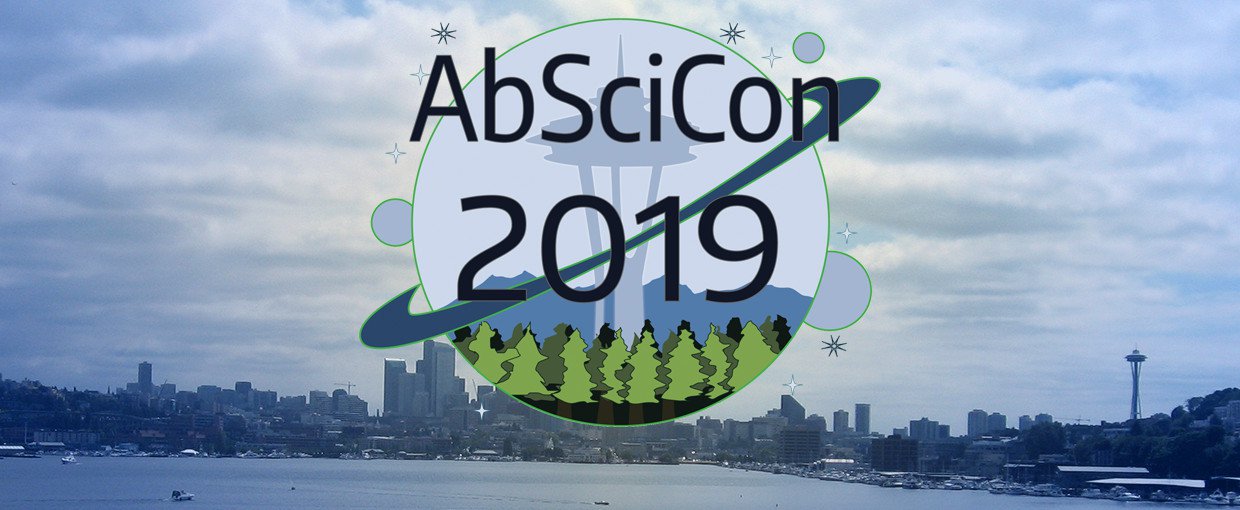
The Search for Life Near and Far
AbSciCon 2019 is the next conference in a series organized by the astrobiology community. This year’s theme is Understanding and Enabling the Search for Life on Worlds Near and Far. Future missions and observations will aim to further our understanding of diverse planetary environments while fundamental research on the origin and evolution of life on Earth drives our understanding of how life may operate elsewhere.
AbSciCon 2019 will be held 24-28 June 2019 in Bellevue, Washington.
For more information, visit: https://connect.agu.org/abscicon/home
The 2019 Astrobiology Science Conference will be held in Seattle, Washington, from June 24-28, 2019.Image credit: AbSciCon 2019.
Session proposal topics were encouraged to span a broad array of topics with strong interdisciplinary themes that address new and emerging areas of research.
The Abstract Submission deadline is 6 March, 2019, at 23:59 EST
https://connect.agu.org/abscicon/program/format-schedule

A view of the Seattle Skyline.Image credit: Aaron Gronstal.
Among other topics, AbSciCon 2019 will address the following:
Links:
SUBMIT AN ABSTRACT



